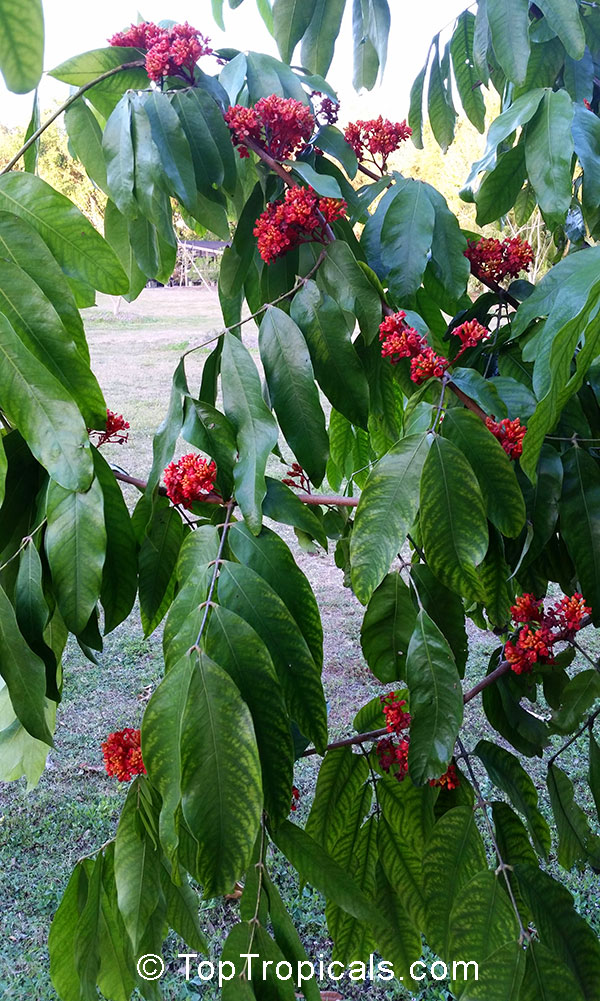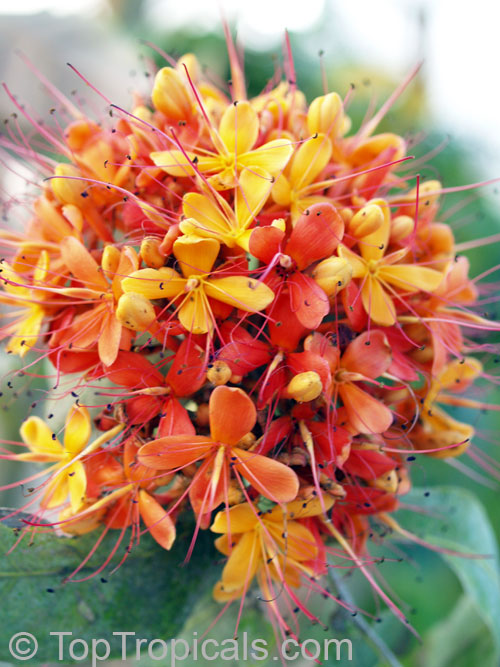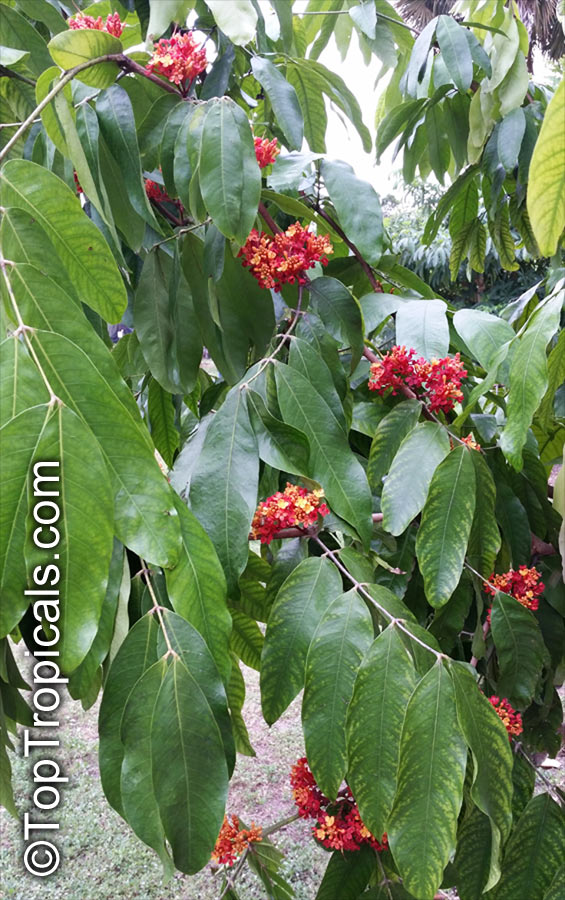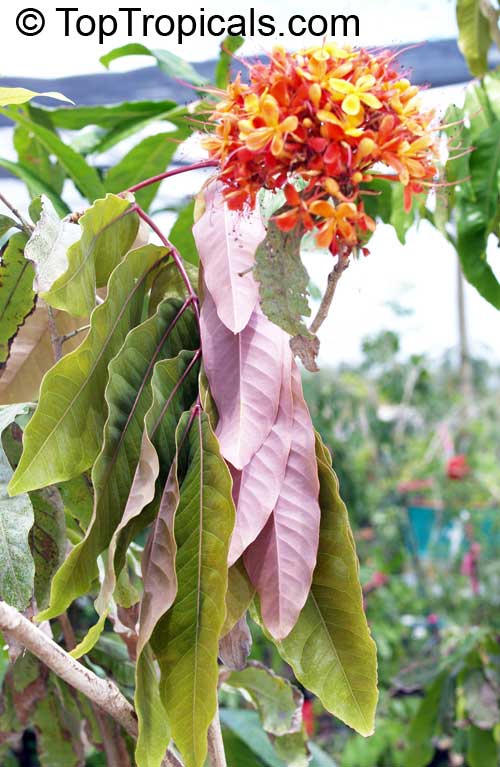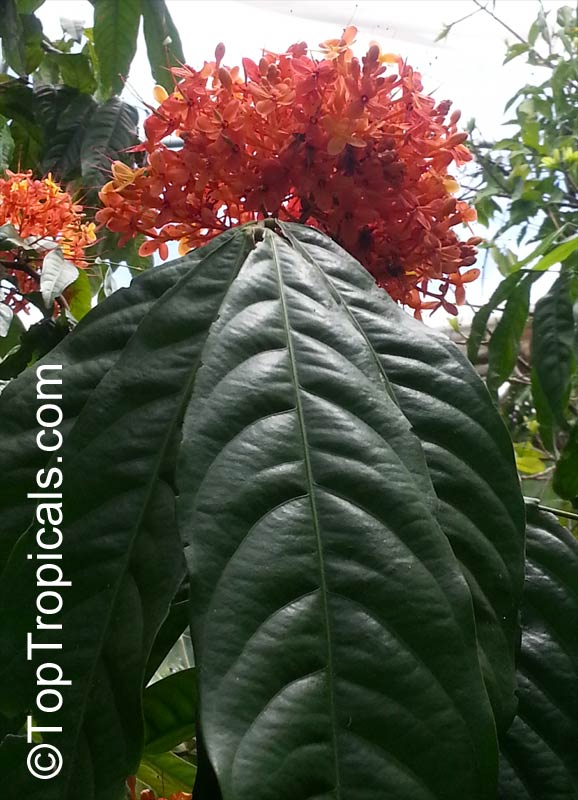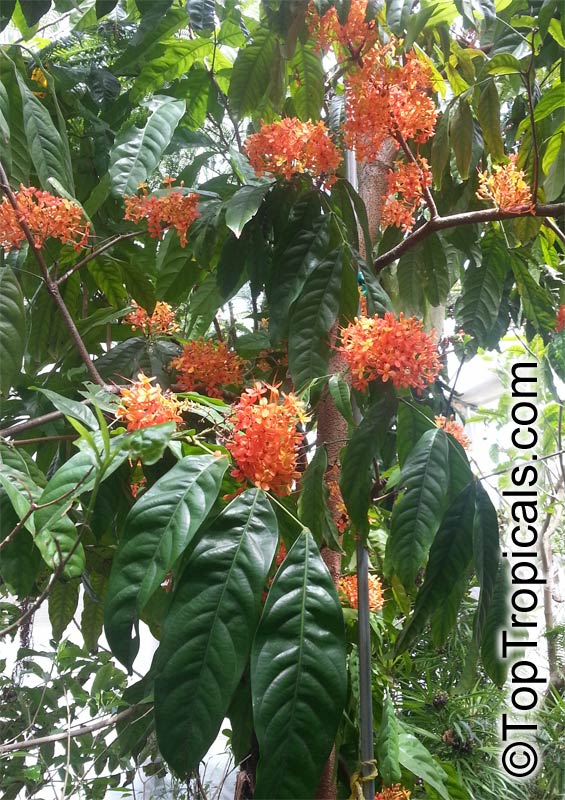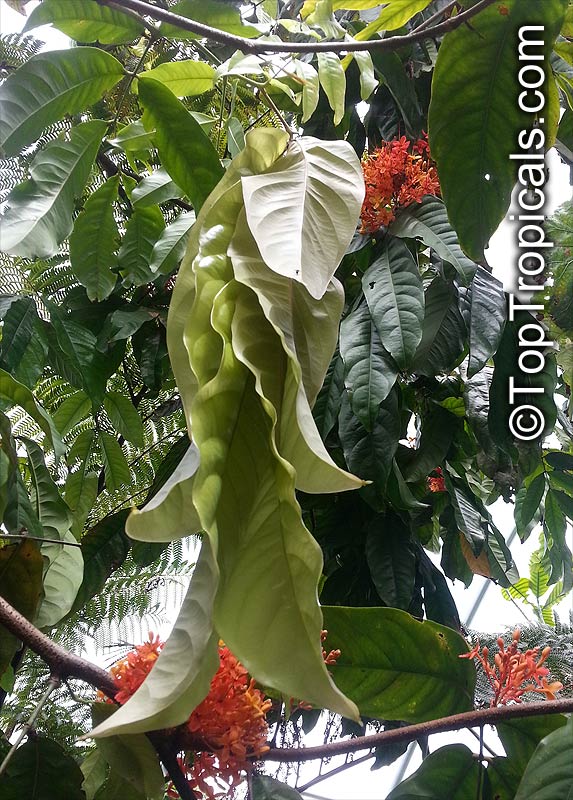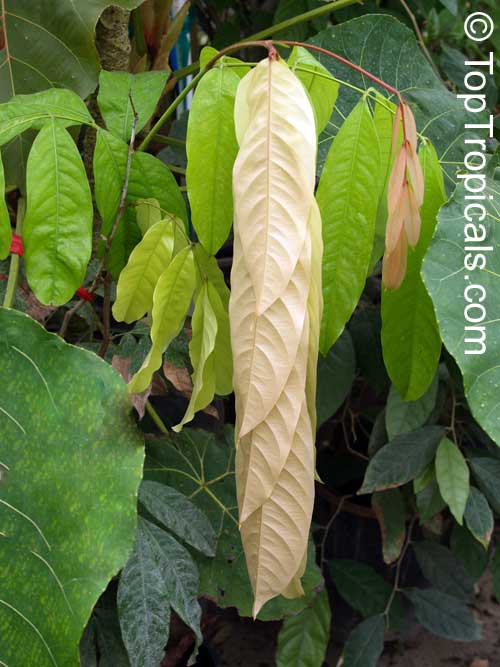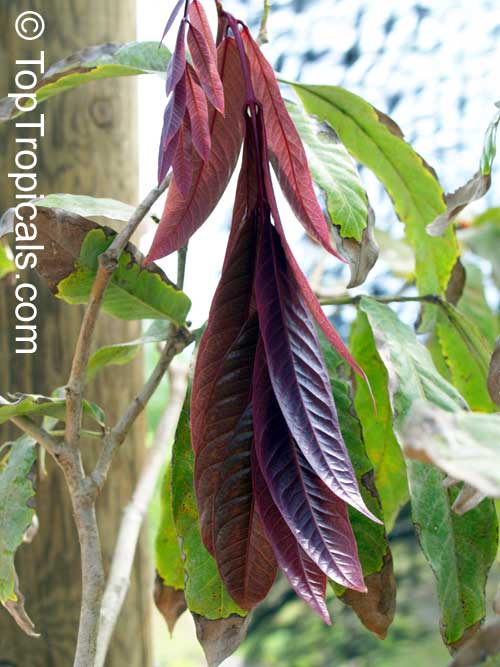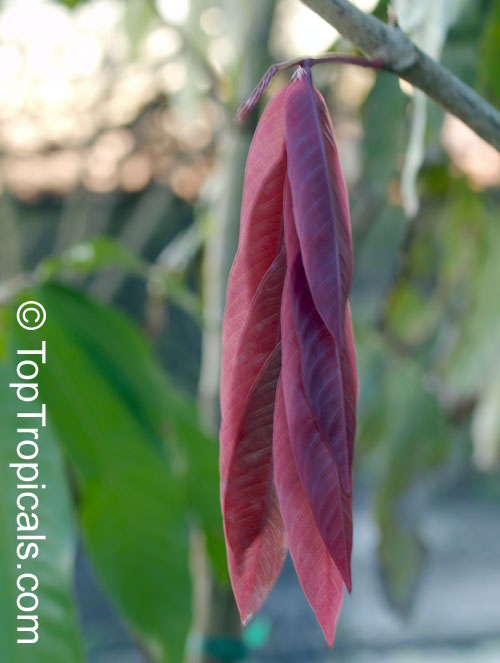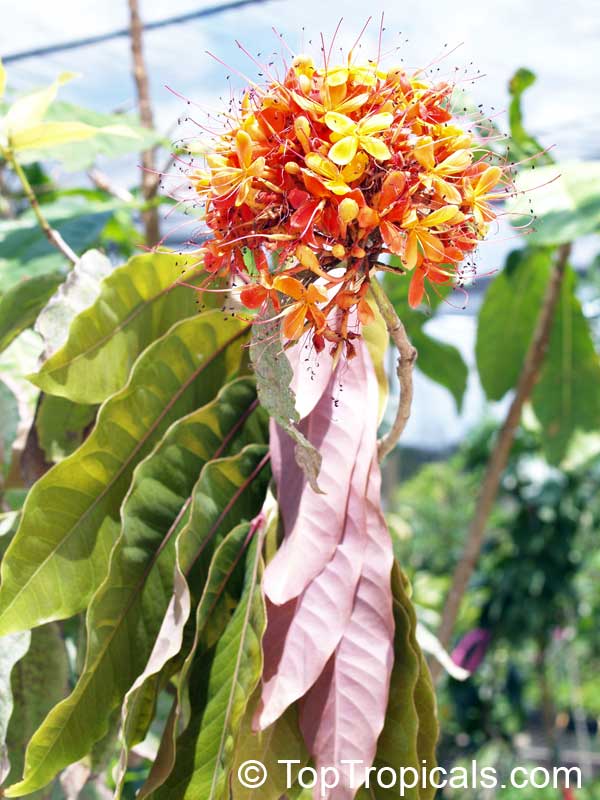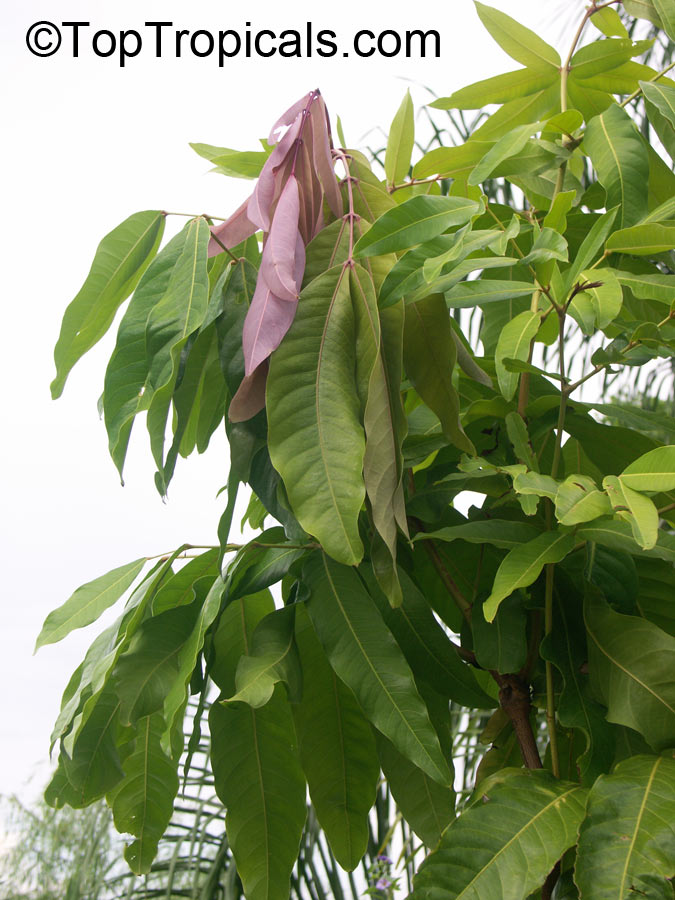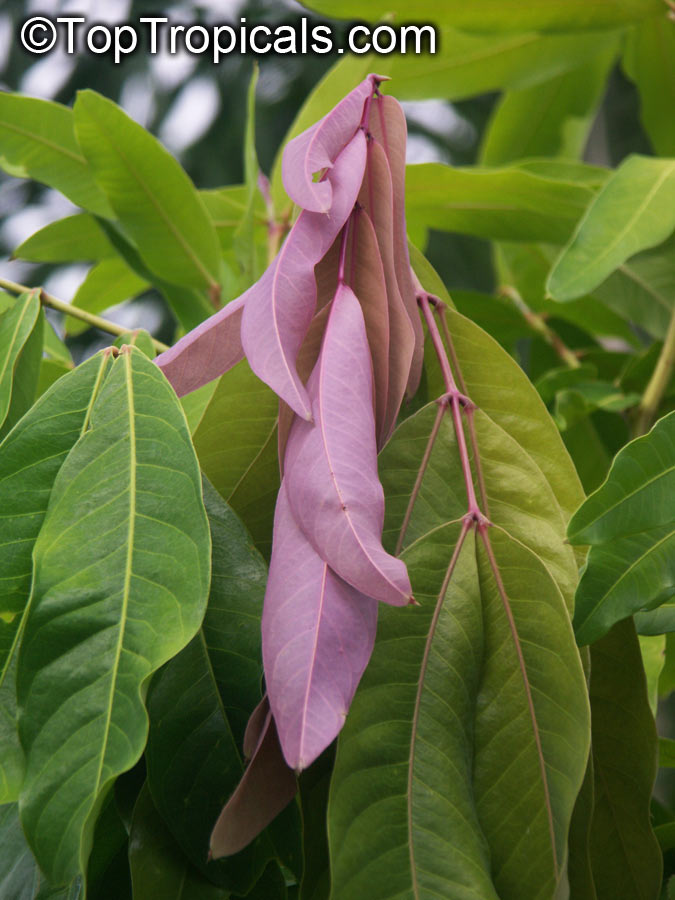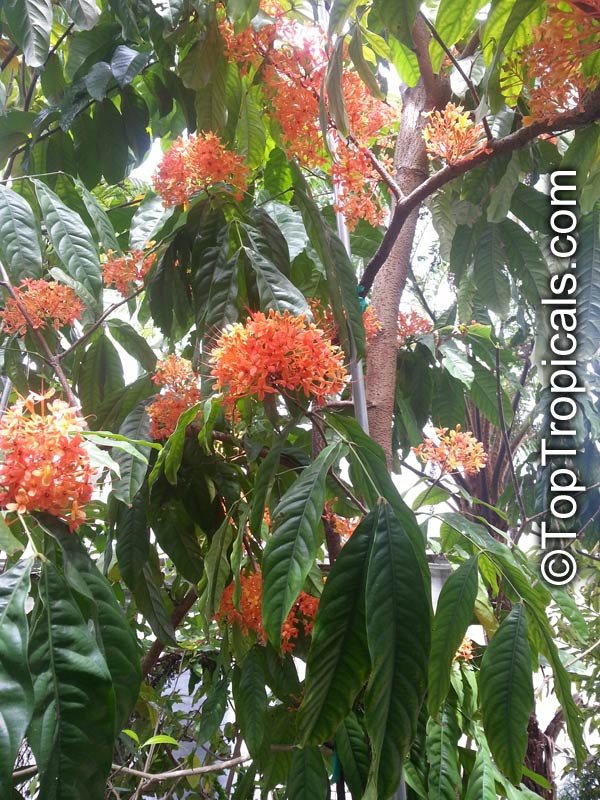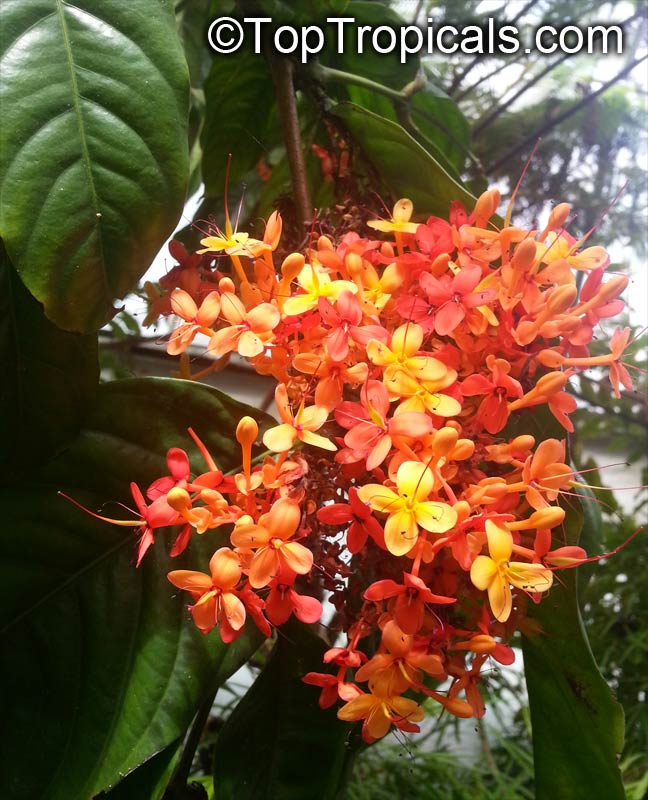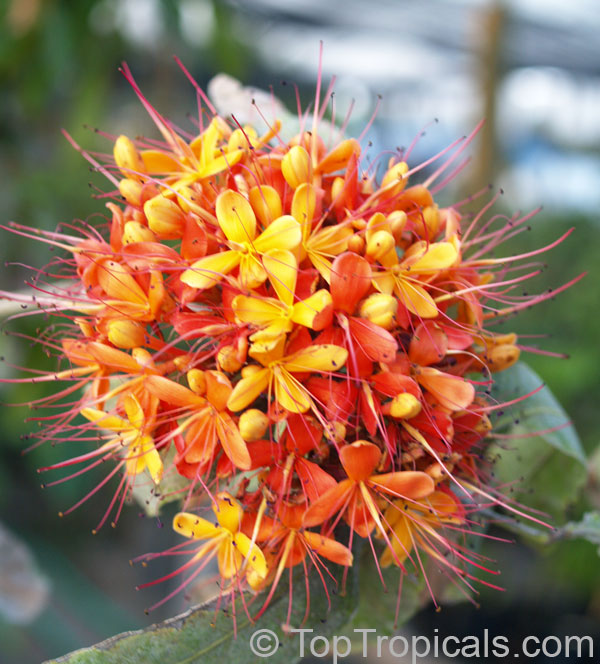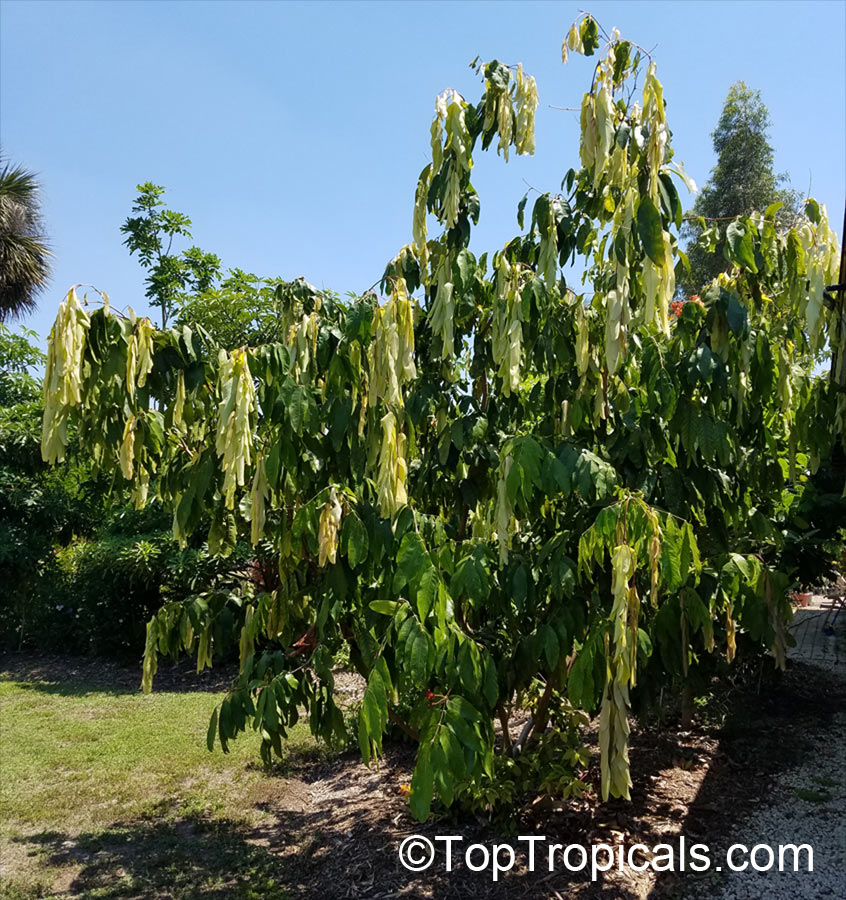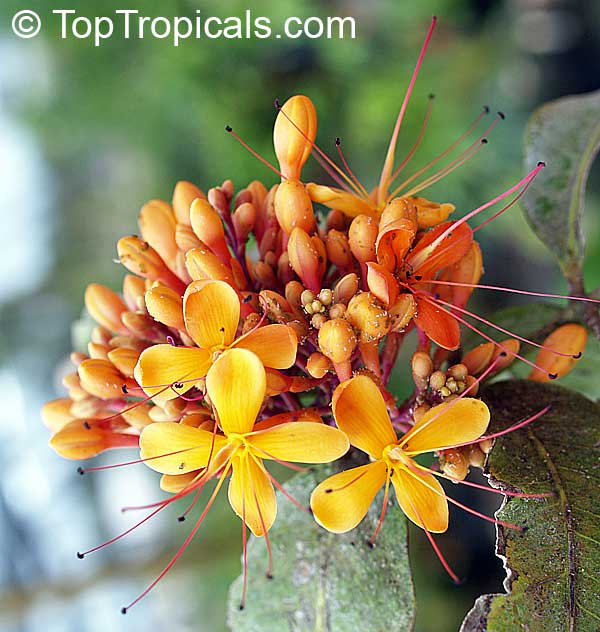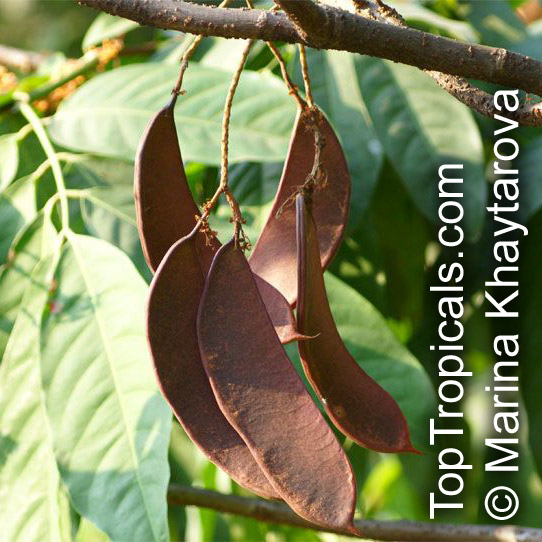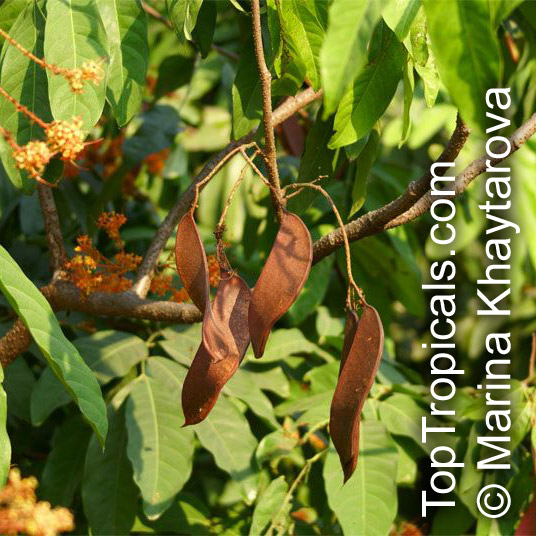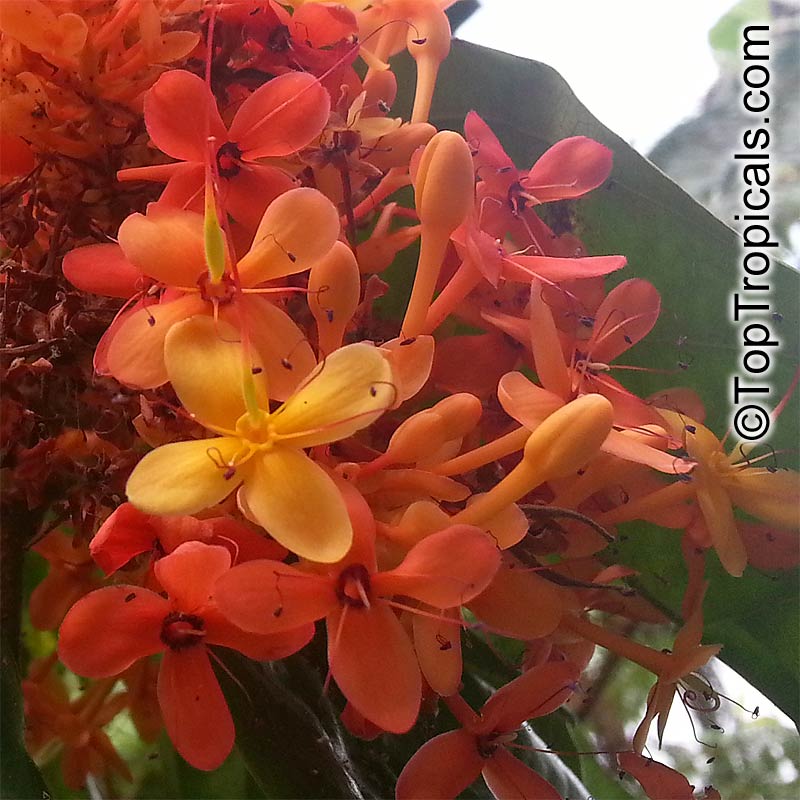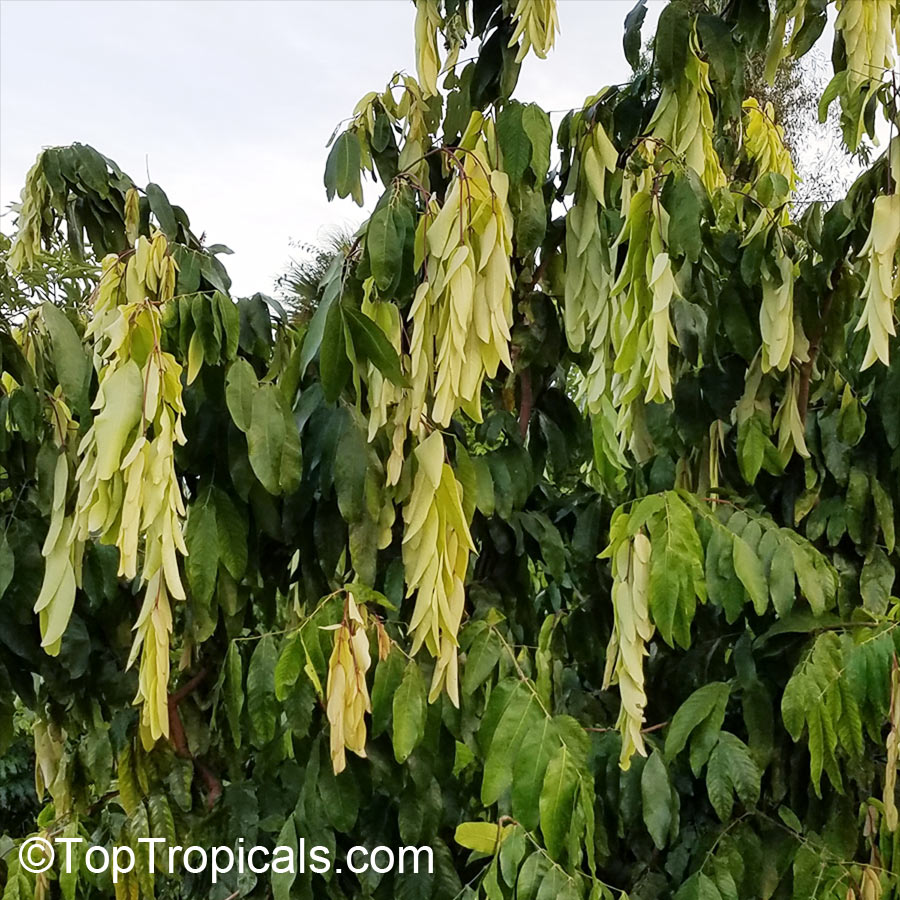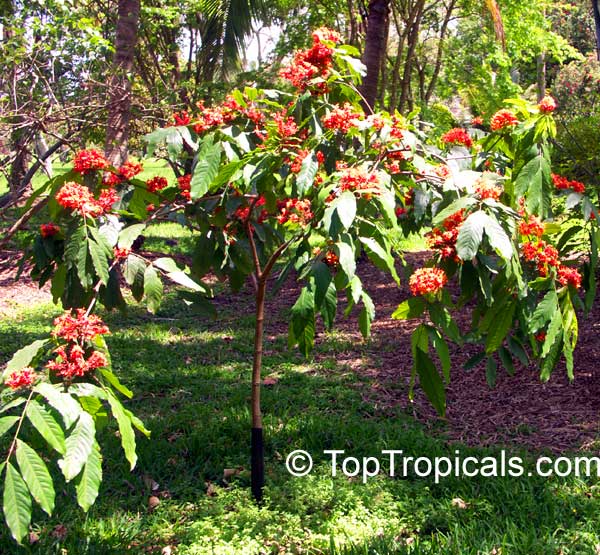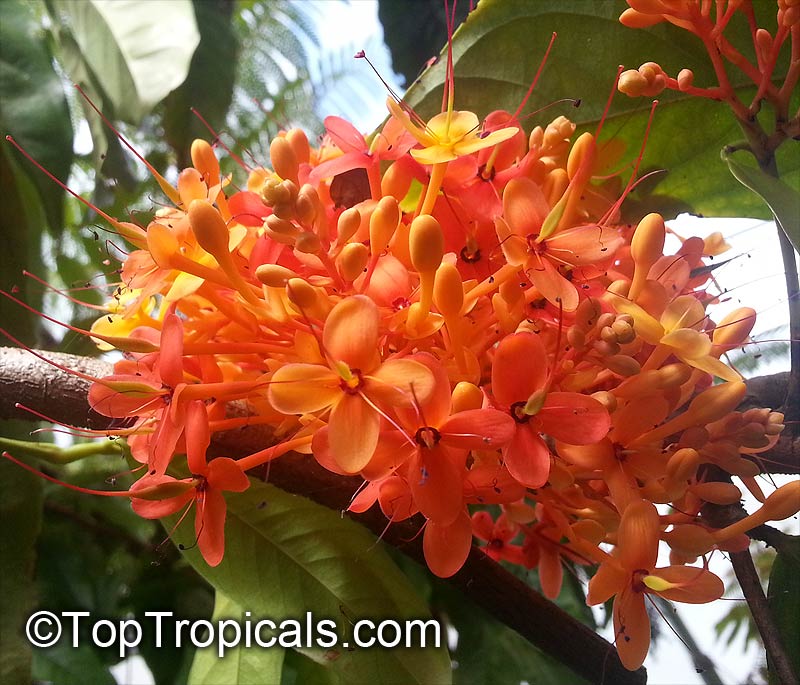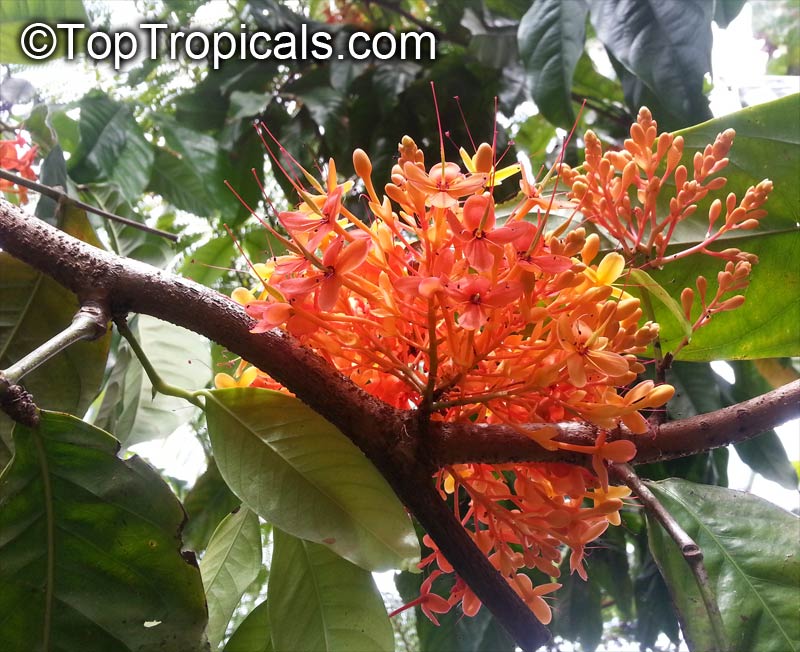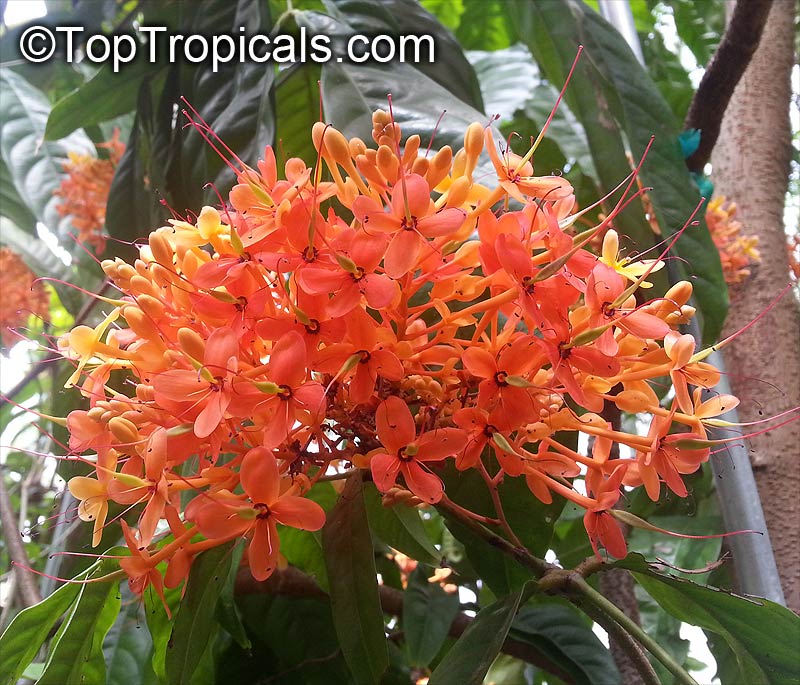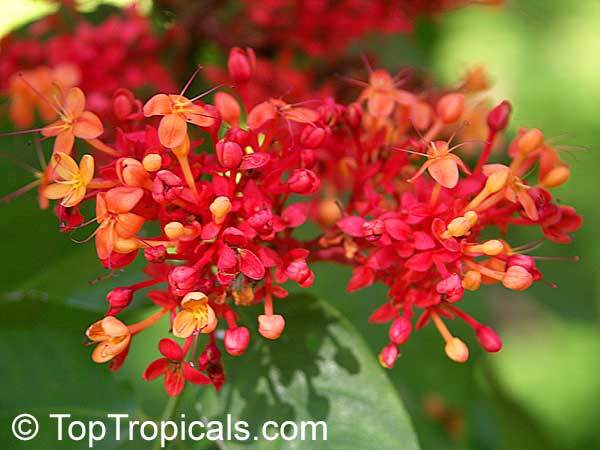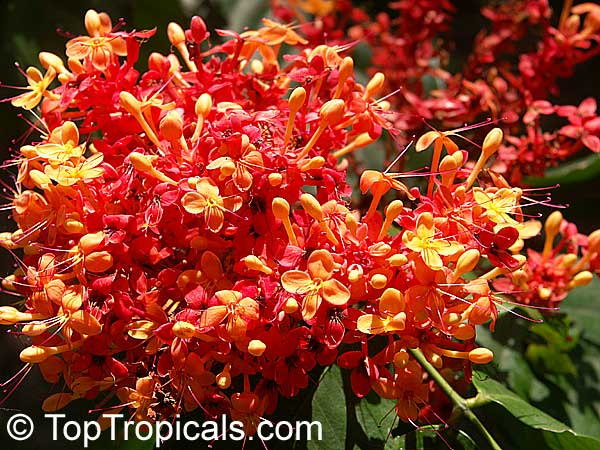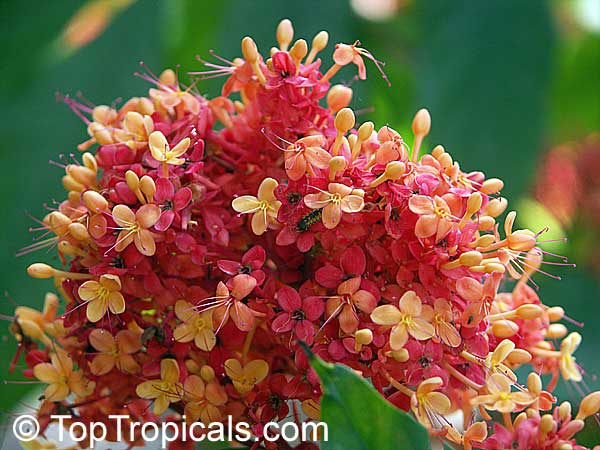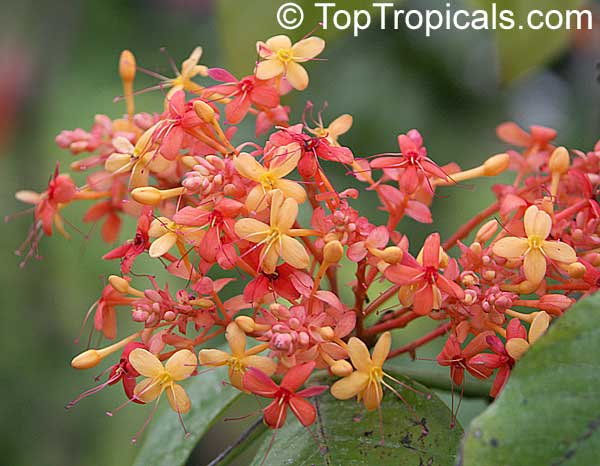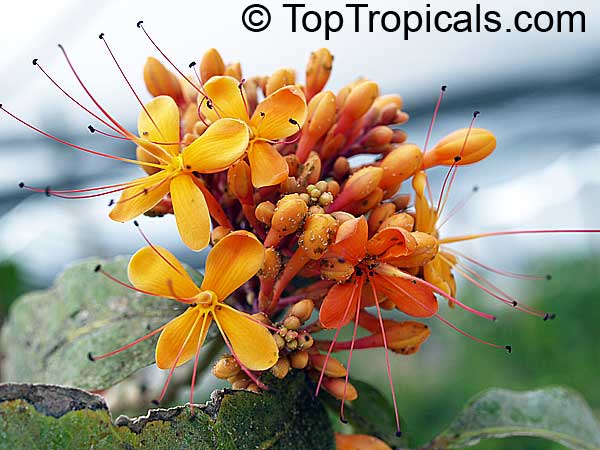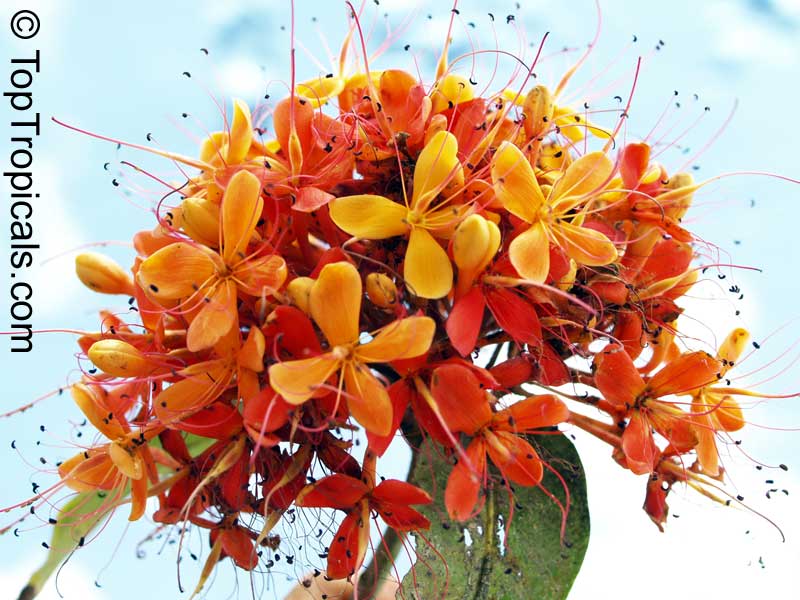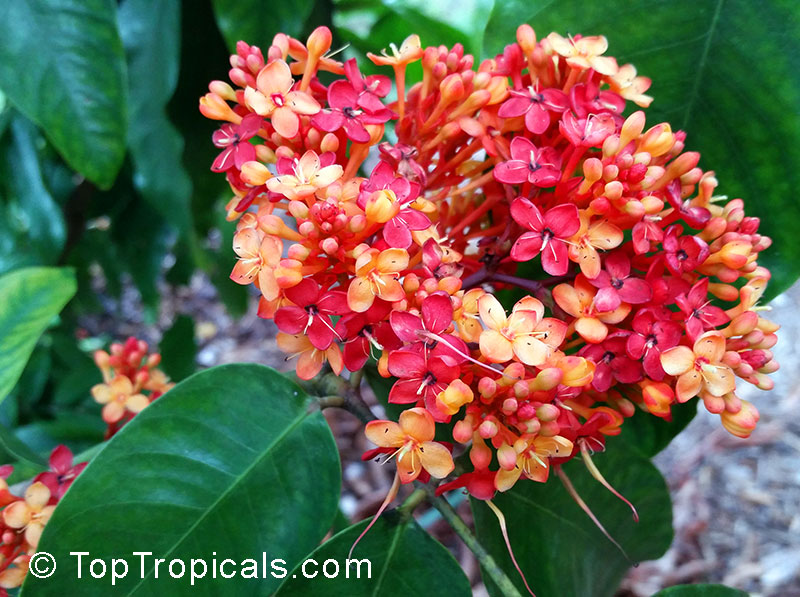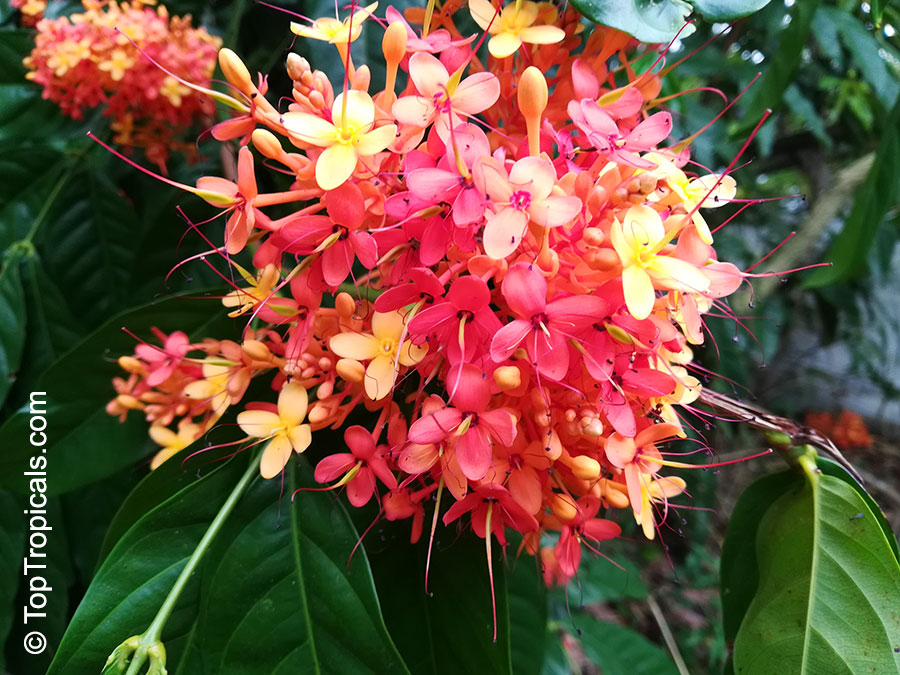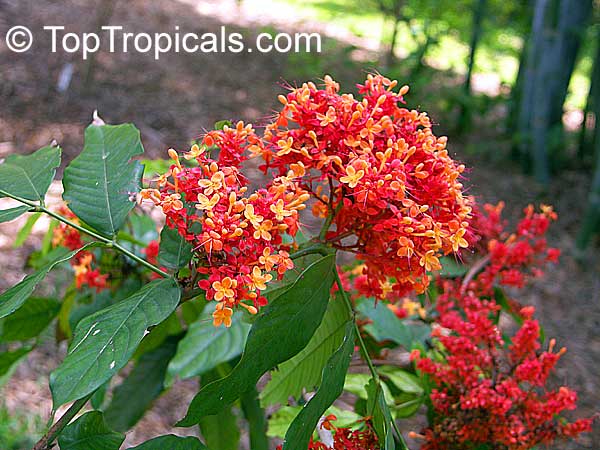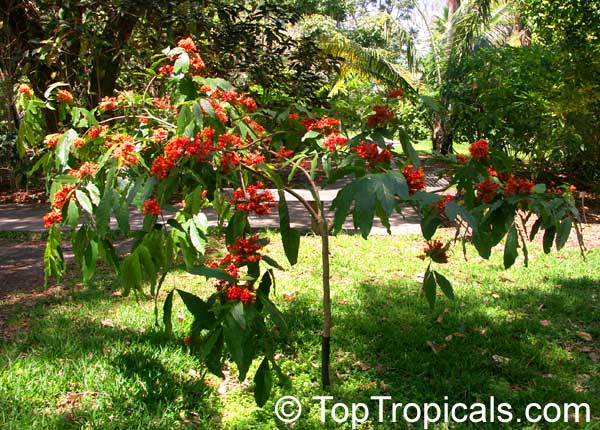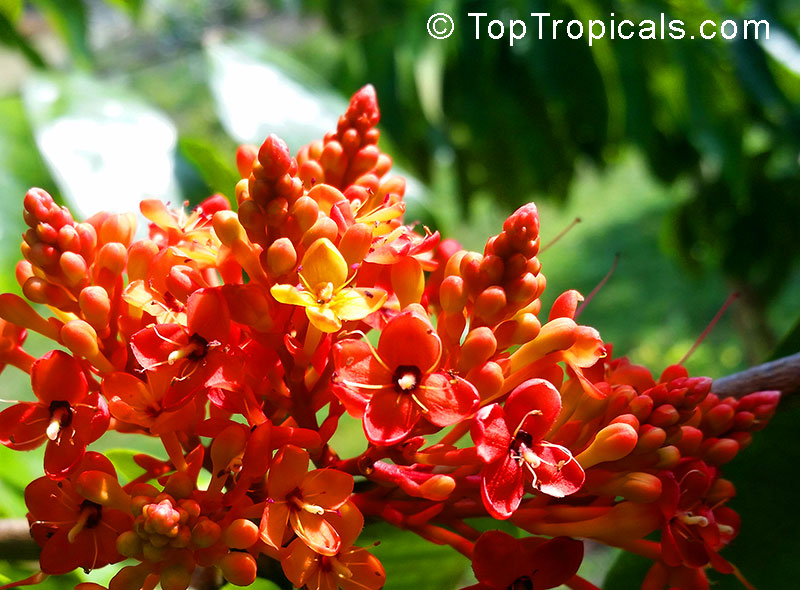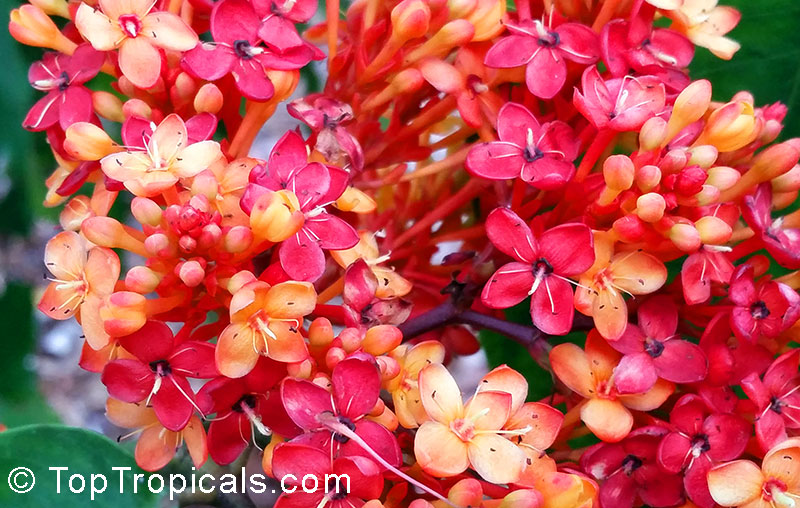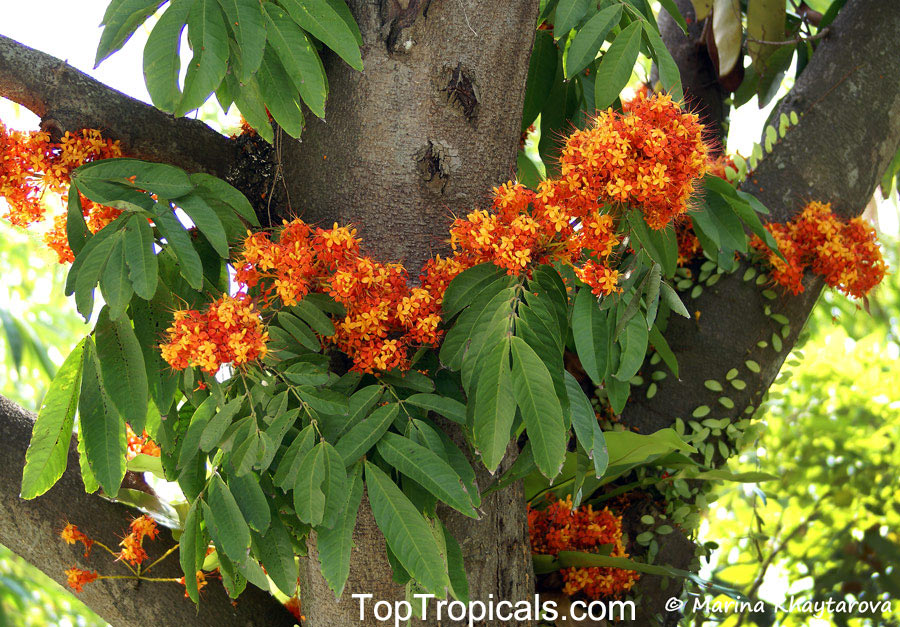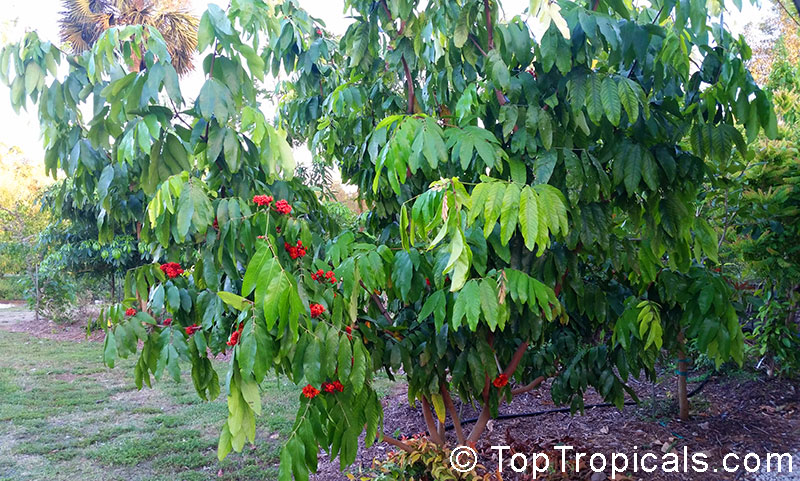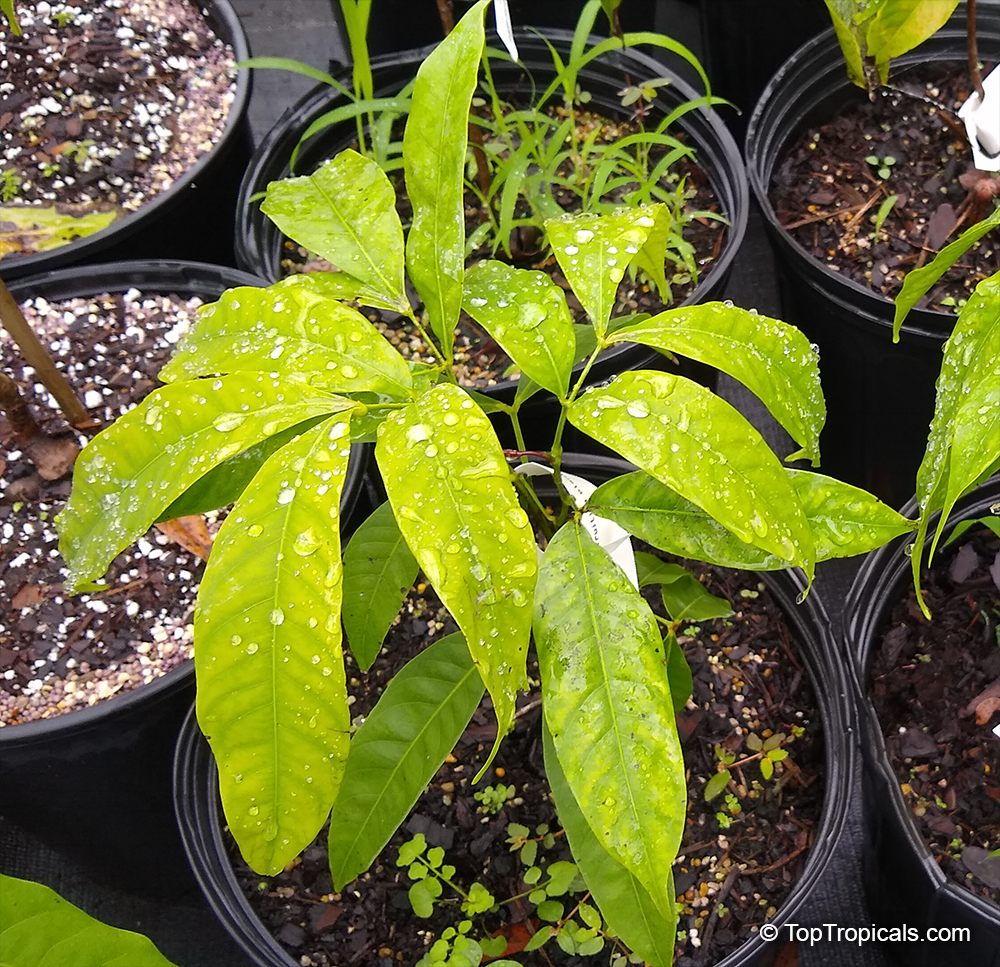Saraca indica (Ashoka Tree)
Top Tropicals Plant Encyclopedia
Botanical names: Saraca indica, Saraca asoca, Jonesia asoca
Common names: Ashoka Tree, Jonesia Asoka, Gandhapushpa, Sorrowless Tree
Family: Fabaceae
Subfamily: Caesalpinioideae
Origin: India










Saraca asoca is a small evergreen tree with large heads of orange-red flowers which are hightly perfumed at night. Its principal constituents are a steroid component and a calcium salt. The bark of Saraca indica contains the estrogenic compound ketosterol. The bark has a stimulating effect on the endometrium and ovarian tissue, is useful in menorrhagia due to uterine fibroids, in leucorrhea and in internal bleeding, where ergot is indicated. It is well established for its effectiveness in menorrhagia and dysmenorrhea. It also has a stimulatory effect on the ovarian tissue and may produce an oestrogen-like effect that enhances the repair of the endometrium and stops bleeding. The leaves have been known to be used in uterine and uterine related indications. Helpful in managing conditions involving menhorragia (fibroids), bleeding hemorrhoids, hemorrhage, dysentry. Var. Bijuga - smaller size tree, very compact in container.
Young leaves are deep pink color and emerge at the end of the branches like hanging tassels. This distinctive feature occurs in all Saracas and other close-related species and genera, including Amherstia, Brownea and Maniltoa (Handkerchief Trees, with hanging out light pink or white young leaves).
See Article about saraca.
Similar plants: Saraca indica (Ashoka Tree)
Recommended Fertilizer: SUNSHINE Pikake - Fragrant Flower Booster
